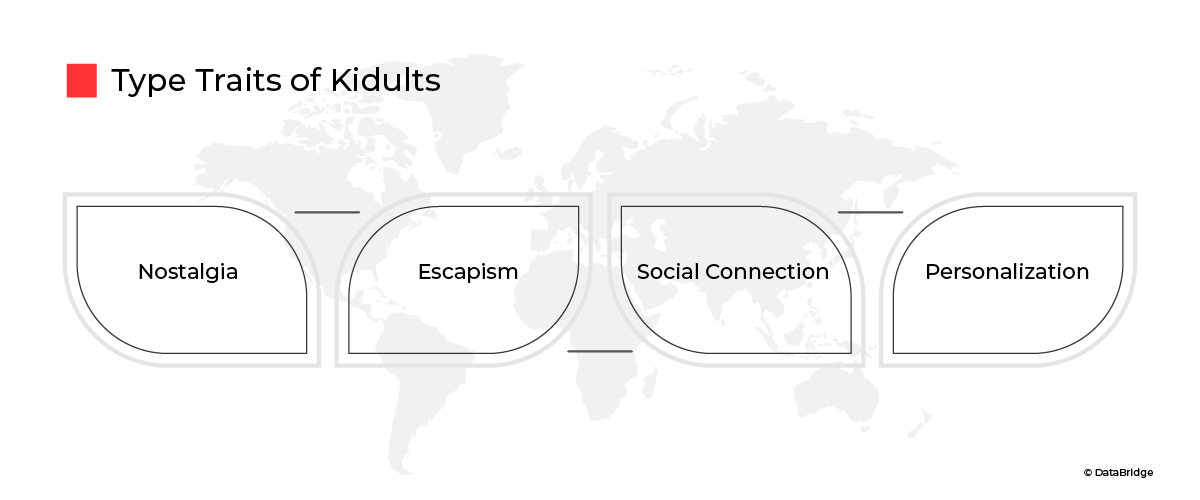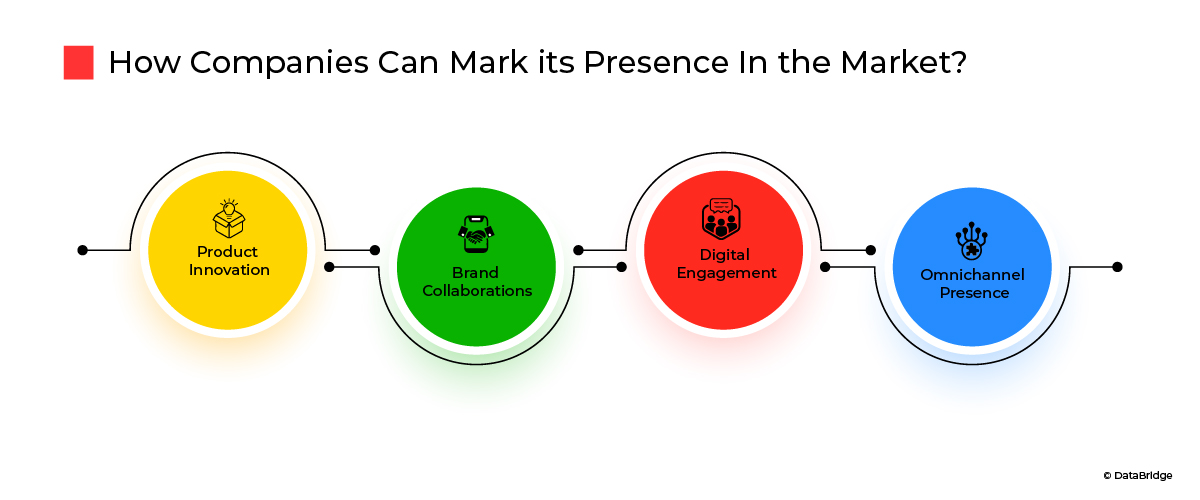Introduction
The toy industry has long been synonymous with childhood, but recent years have witnessed a significant shift in consumer demographics. A growing number of adults are embracing toys, games, and collectibles as part of their lifestyle, blurring the lines between childhood and adulthood. This trend, commonly referred to as the rise of kidults, has garnered attention from marketers and researchers alike.
Kidults are a unique consumer group that has emerged as a result of several causes, such as the COVID-19 epidemic and the widespread use of social media. Increased time spent on social media platforms allowed the sharing of toy-related material and boosted interest in collecting and nostalgia-driven purchases, while lockdowns and social distancing tactics forced many adults to find solace and nostalgia in familiar activities.
Comprehending Kidults
Kidults are a heterogeneous collection of people with varying age groups, origins, and hobbies. Some people enjoy nostalgic toys from their youth, while others are more drawn to pop culture products and modern collectors.

Typical Traits of Kidults
- Nostalgia: A lot of kidults are driven by nostalgia, trying to relive the wonder and happiness of their early years. Games and toys generate emotion and nostalgia by providing concrete recollections of better times. Traditional toys, steeped in nostalgia, represent simplicity and inventiveness. From wooden trains to handcrafted dolls, they transcend generations, encouraging creativity and social engagement. These timeless gems remind us of the joys of unplugged play, where laughter and creativity are limitless
The traditional toys and games market is expected to witness market growth at a rate of 4.72% in the forecast period of 2021 to 2028. To understand the market in an effective manner, kindly visit below link, https://www.databridgemarketresearch.com/reports/global-traditional-toys-and-games-market
- Escapism: Toys offer adults seeking reprieve from daily responsibilities in today's bustling world a chance to unwind. Playful endeavors aid children in unwinding, easing tension, and rekindling their creativity and sense of humor.
Smart toys use technology into play, engaging youngsters with interactive experiences. From instructional games to robotic companions, they promote learning and growth in novel ways. Smart toys, which include technologies such as AI and connectivity, adapt to the skills of children, providing tailored engagement and paving the path for a tech-savvy future.
Smart toys market will register its growth at a significant rate of 8.60% for the forecast period of 2021 to 2028. Smart toys market report analyses the growth, which is currently being growing due to the growing awareness towards a healthy and hygienic lifestyle. To know more about the research study kindly click on the below link, https://www.databridgemarketresearch.com/reports/global-smart-toys-market
- Social Connection: Social media's ascent has made it easier for online groups focused on gaming, toy collecting, and fandoms to emerge. Kidults frequently take part in online forums to meet others who share their interests, exchange collection photos, and have conversations about their favorite franchises and toys
- Personalization: Kidults like individuality and uniqueness, and they frequently choose toys and collectibles that showcase their own identities, interests, and pastimes. This group is especially drawn to limited-edition releases, unique goods, and personalized possibilities.
Impact of Covid-19 on New Consumer Segment in North America and Europe
The kidult market has grown far faster than expected, mostly because to the COVID-19 epidemic. Amidst lockdowns and social distancing protocols, several grown-ups discovered themselves in search of substitute sources of amusement and diversion.
In addition, the pandemic increased the appeal of e-commerce and online purchasing, giving consumers easy access to a large selection of toys. Social media influencers and fans drove demand for nostalgic items by distributing toy-related material, which in turn functioned as catalysts for consumer interaction.
Adult Consumers as Key Consumers of Toys Drive Industry Development
Key Points
- Kidults are very fond of Lego, Star Wars, and cartoons
- Toy companies like Mattel have developed lines specifically for these customers in recent years
- Every year, these nostalgic children account for 25% of all toy purchases
- According to NPD Group, "Kidults"—those who are 12 years of age and older—make up a significant portion of the toy business
- Juli Lennett of NPD Group told Insider that social media and the epidemic are mostly to blame for the surge
Teenage and adult consumers are driving up sales of nostalgic board games, craft sets, collector figurines, and plush stuffed animals in the toy industry. The NPD Group estimates that this expanding group of customers over 12 dubbed "kidults" makes up 25% of toy sales and brings in USD 9 billion annually.
The toy business is now being supported by two factors: inflation and a market segment known as "kidults."
According to research from the NPD Group, these kids at heart account for one-fourth of all toy purchases yearly, or roughly $9 billion, and are the main engine of growth throughout the sector.
During the pandemic, sales of board games, puzzles, and playsets increased significantly; but, during the first nine months of 2022, sales volume decreased by 3%. As NPD noted, sales revenue increased 3% during this period, which helped offset these losses in the form of higher toy pricing.
Children, who often spend more money on toys, are very fond of cartoon characters, superheroes, and childhood-themed items. They purchase items such as dolls, Lego sets, and action figures that are often seen as "for kids." Toy companies have, however, recently developed product lines specifically for these customers after recognizing there is a large market for this age of adults who still enjoy themselves.

How Companies Can Mark its Presence in the Market?
There are a lot of prospects for firms in the toy sector because of the rise of kidults. Businesses may increase their market reach and generate new income streams by identifying and satisfying the distinct tastes and motivations of this customer category. Important tactics for breaking into the kidult industry consist of:
- Product Innovation: Create imaginative and captivating toy designs that speak to adult consumers' interests and sensibility. To make items more appealing, think about adding aspects of collectability, nostalgia, and customization
- Brand Collaborations: Join together with well-known brands, amusement establishments, and cultural icons to produce limited-edition collectibles and co-branded items. Working together with influencers and content producers may also assist increase the awareness and reach of a business
- Digital Engagement: Use social media sites and online forums to interact with immature customers, distribute interesting material, and support community-building campaigns. Encourage involvement and user-generated content by holding competitions, offering challenges, and creating interactive experiences
- Omnichannel Presence: Offer a flawless purchasing experience across a variety of channels, such as mobile applications, physical storefronts, and e-commerce websites. Provide expedited shipping, easy return policies, and flexible payment choices to increase client happiness and loyalty
For Instance, toys purchased by anybody above the age of 12 are classified as kidult purchases by the NPD Group, which reports that the number of toys purchased for children has climbed by 19% over the previous four years. In addition, according to a December 2022 report by Circana, who classified "kidults" as anybody 12 years of age or older, they accounted for USD 9 billion in toy sales in the United States last year, which was the industry's largest source of growth. The percentage of toys sold in the United States to people over the age of 18 was 14% last year, up 19% from 2021.
Conclusion
Kidults are a growing consumer category that offers businesses a distinctive chance to expand their product lines and propel growth in the toy industry. Businesses may create focused methods to win over kidult consumers' attention and loyalty by comprehending their motives and actions. By introducing innovative products, collaborating with brands, and implementing digital engagement strategies, companies may establish themselves as frontrunners in meeting the changing demands and tastes of adult toy aficionados in North America and Europe. The kidult industry is expected to grow and innovate in the years to come as the lines separating childhood and adulthood become increasingly hazy.

